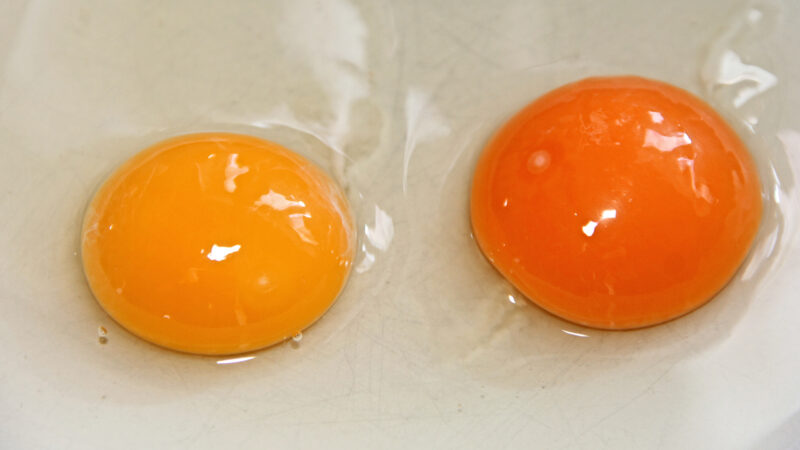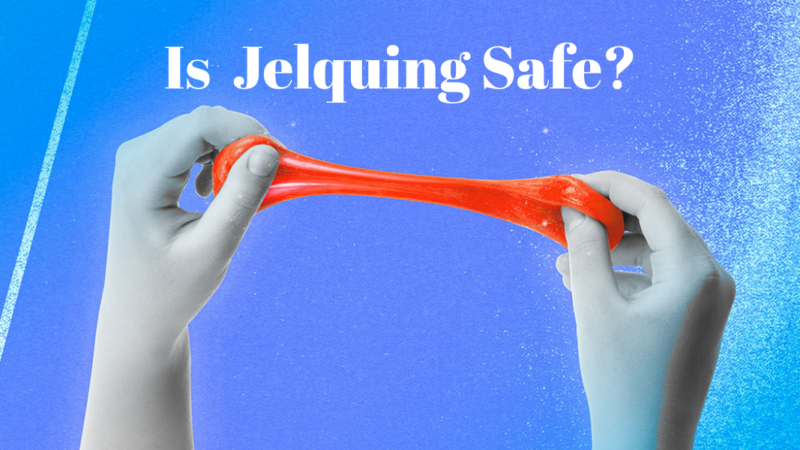Allergic to Bandaids: Understanding and Managing Adhesive Allergies

Bandaids, also known as adhesive bandages, are a common household items that cover and protect minor cuts and wounds. They come in various shapes, sizes, and materials, but using bandaids can be challenging for some individuals. These people are not just dealing with a cut or scrape; they also have to contend with adhesive allergies. In this blog, we will explore what adhesive allergies are, their symptoms, causes, and how to manage them effectively.
Understanding Adhesive Allergies
Adhesive allergies, also known as contact dermatitis, occur when the skin reacts negatively to certain substances found in adhesive bandages. This reaction can lead to discomfort and skin irritation, making it difficult for individuals to use bandaids as intended. It’s essential to differentiate between an adhesive allergy and sensitivity to other components of bandaids, such as latex or the bandage material itself.
Symptoms of Bandaid Allergies
Adhesive allergies can manifest in a variety of ways, and the severity of symptoms may vary from person to person. Some common symptoms of adhesive allergies include:
- Skin redness: The affected area may become red and inflamed.
- Itching: Itching is a common symptom and can be mild to severe.
- Rash: A rash may develop around or under the bandage.
- Blistering: In more severe cases, blisters may form on the skin.
- Swelling: The skin may swell, especially around the adhesive area.
- Pain or burning sensation: Some individuals may experience pain or a burning sensation at the site of contact.
Causes of Adhesive Allergies
The primary cause of adhesive allergies is the presence of allergens or irritants in the adhesive portion of the bandage. These allergens can include:
- Adhesive chemicals: Certain chemicals used in the adhesive layer of bandaids, such as acrylate compounds, can trigger allergic reactions.
- Latex: Latex allergies are relatively common and can cause skin irritation if latex is present in the bandage or the adhesive.
- Preservatives: Some bandaids contain preservatives like formaldehyde or parabens, which can cause skin reactions in sensitive individuals.
- Fragrances: Bandaids with added fragrances may also lead to allergic reactions, especially for those with fragrance sensitivities.
Managing Adhesive Allergies
If you suspect you have an adhesive allergy, managing it effectively to avoid discomfort and skin issues is essential. Here are some steps you can take:
- Choose hypoallergenic options: Look for hypoallergenic bandages that are specifically designed for individuals with sensitive skin. These bandages typically use less irritating adhesives and fewer potential allergens.
- Test a small area: Before applying a bandage to a larger area, test it on a small, inconspicuous part of your skin to see if you experience any adverse reactions.
- Avoid latex: If you have a known latex allergy, opt for latex-free bandages to prevent allergic reactions.
- Read ingredient labels: Check the bandage ingredients and avoid products containing allergens or irritants that trigger your skin reactions.
- Use alternative wound covers: Consider using silicone gel sheets, hydrocolloid dressings, or non-adhesive wound covers as alternatives to traditional bandaids.
- Consult a healthcare professional: If you experience severe or persistent allergic reactions to bandaids, consult a dermatologist or allergist for proper diagnosis and treatment recommendations.
Alternatives to traditional bandage adhesives?
If you have sensitive skin or are allergic to traditional bandage adhesives, consider several alternatives. These alternatives offer effective wound protection without the risk of skin irritation or allergic reactions. Here are some options:
Hypoallergenic Bandages
Many brands now offer hypoallergenic bandages designed specifically for individuals with sensitive skin. These bandages use gentler adhesive materials less likely to cause allergic reactions or skin irritation.
Silicone Gel Sheets
Silicone gel sheets are a popular choice for wound care. They are effective for scars and minor wounds and adhere without irritating. They also create a protective barrier while maintaining a moist environment for healing.
Hydrocolloid Dressings
Hydrocolloid dressings are absorbent, adhesive dressings that are excellent for wounds like blisters or minor burns. They provide a moist environment for healing and can be worn for several days without changing.
Non-Adhesive Wound Covers
Some wound covers are designed to be non-adhesive. These include gauze pads, non-stick sterile pads, and non-adherent dressings. These options allow you to cover wounds without the need for adhesive materials.
Paper Tape
Instead of traditional adhesive bandages, use paper tape to secure gauze or non-adhesive wound covers. Paper tape is less likely to cause skin irritation and is suitable for individuals with allergies.
Elastic Bandages and Wraps
For larger wounds or injuries, elastic bandages and wraps can secure dressings in place without adhesive. They are versatile and come in various sizes for different applications.
Self-Adhering Wrap (Cohesive Bandage)
Cohesive bandages, such as self-adhering wraps, stick to themselves but not to the skin. They are commonly used for wrapping and supporting joints or securing dressings.
Steri-Strips
Steri-Strips are thin adhesive strips that hold the edges of a wound together, providing support for healing. They are less likely to irritate compared to traditional bandages.
Tubular Bandages
Tubular bandages are elastic, cylindrical sleeves that can cover and protect wounds or dressings. They do not use adhesive to stay in place.
Adhesive-Free Wraps
Some innovative adhesive-free wraps and tapes are designed to stick to themselves, creating a secure covering for wounds without causing skin irritation.
When choosing an alternative to traditional bandage adhesives, consider the type and location of the wound, as well as your specific skin sensitivity or allergy.
It’s always a good idea to consult with a healthcare professional for guidance on which product best suits your needs, especially if you have a history of skin allergies or other medical conditions.
Conclusion
Being allergic to bandaids can be challenging, but with the right knowledge and precautions, you can manage your condition effectively. It’s essential to identify the specific cause of your adhesive allergy and choose suitable bandages and wound coverings accordingly. By taking these steps, you can protect your skin while still addressing minor cuts and wounds without unnecessary discomfort and irritation.




